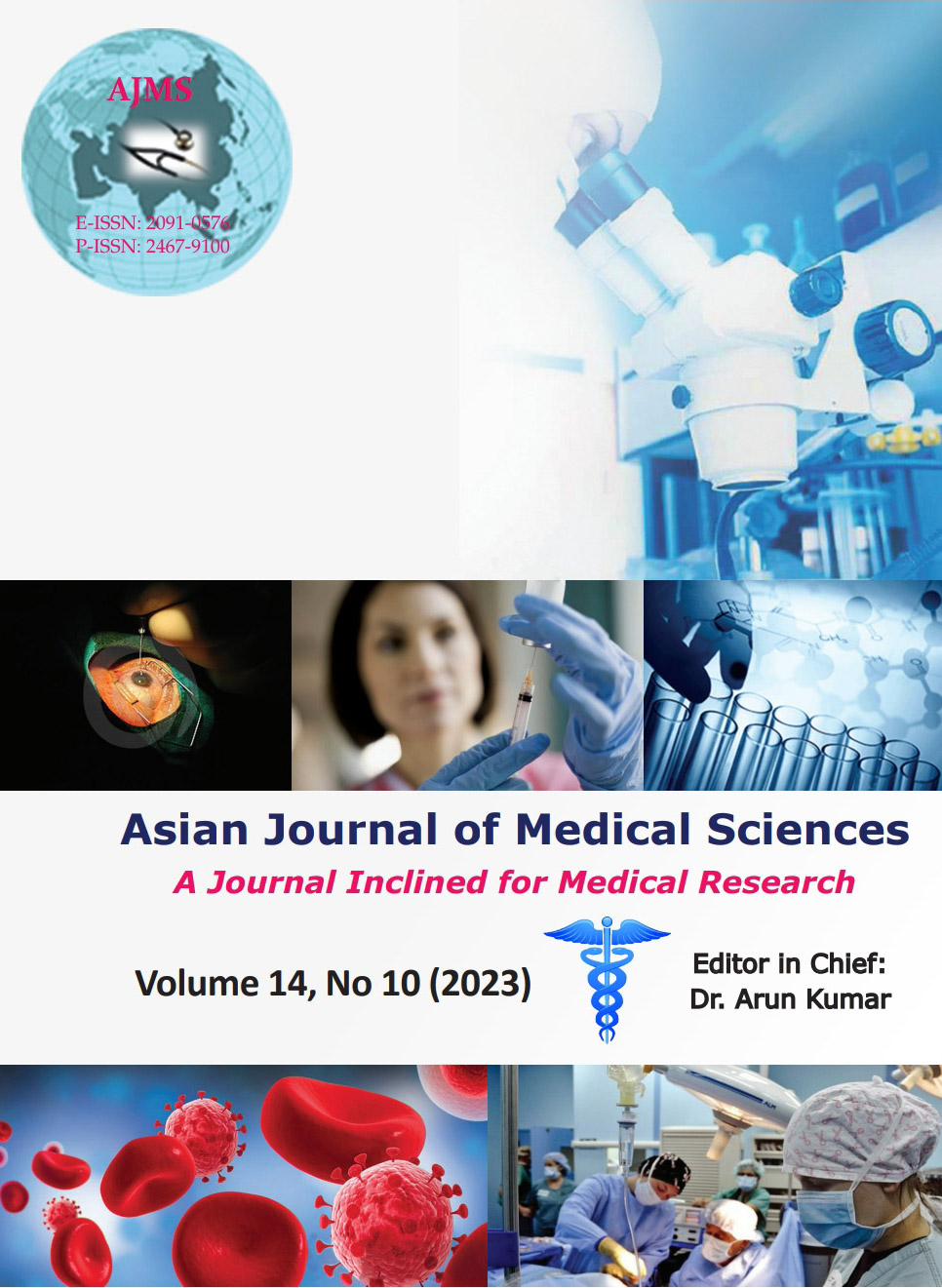A comparative study between wide local excision with lay open versus Limberg flap transposition in the management of pilonidal sinus disease – A single center study
Keywords:
Infection; Pilonidal sinus; Randomization; Recurrence; Wide local excisionAbstract
Background: Pilonidal sinus disease (PSD) is a tract in the sacrococcygeal region’s subcutaneous tissue that presents with recurrent infection and persistent inflammation. The best surgical strategy for treating pilonidal sinus illness is still up for debate, despite the fact that several surgical techniques for treating the sacrococcygeal pilonidal sinus have been identified.
Aims and Objectives: This study evaluated several intraoperative and post-operative constraints related to the surgical techniques of wide excision with lay open and Limberg flap transposition for treating pilonidal sinus.
Materials and Methods: The division of 50 symptomatic pilonidal sinus patients into two equal groups was based on simple randomization. Patients in Group-A had wide local excisions with lay open, whereas those in Group-B received wide excisions with Limberg flaps. Operative time along with post-operative issues including pain, seroma, infection, necrosis of the flap’s tip, gaping, loss of sensation, and recurrence was compared between the two groups.
Results: When compared to the wide excision group, the mean operating time was substantially greater in the Limberg flap repair group. There was a significant difference between the groups in terms of the average number of days spent in the hospital (Group-B was 6.8±1.5 days and Group-A was 12.96±1.3 days), the average number of days it took for the wound to heal (Group B was 16.6±8.5 days and Group-A was 49.5±7.8 days), mean work-off periods (Limberg’s rhomboid flap - 19.64±5.1 days and laying open technique - 52.6±8 days), and mean number of days pain lasted (Group-B - 14.8±5.7 days and Group-A - 45.6±7.5 days). Wide local excisions are associated with increased wound infection. Recurrence in Limberg’s rhomboid flap group was less (4% vs. 16% with laying open approach).
Conclusions: Low recurrence rates and comparably few complications are associated with rhomboid excision with Limberg flap repair transposition surgery. The primary course of action for pilonidal sinus illness should be Limberg flap repair.
Downloads
Downloads
Published
How to Cite
Issue
Section
License
Copyright (c) 2023 Asian Journal of Medical Sciences

This work is licensed under a Creative Commons Attribution-NonCommercial 4.0 International License.
Authors who publish with this journal agree to the following terms:
- The journal holds copyright and publishes the work under a Creative Commons CC-BY-NC license that permits use, distribution and reprduction in any medium, provided the original work is properly cited and is not used for commercial purposes. The journal should be recognised as the original publisher of this work.
- Authors are able to enter into separate, additional contractual arrangements for the non-exclusive distribution of the journal's published version of the work (e.g., post it to an institutional repository or publish it in a book), with an acknowledgement of its initial publication in this journal.
- Authors are permitted and encouraged to post their work online (e.g., in institutional repositories or on their website) prior to and during the submission process, as it can lead to productive exchanges, as well as earlier and greater citation of published work (See The Effect of Open Access).




